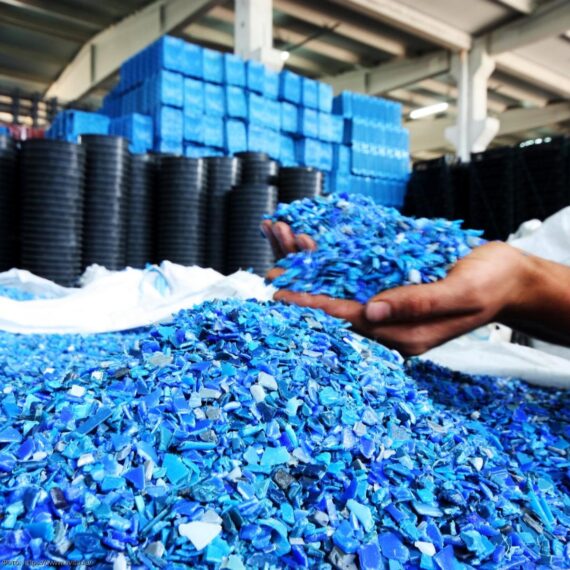Aluminum Fluoride: Properties, Uses and Health Effects
Aluminum fluoride (AlF3) is an inorganic compound that is primarily used as a fluoridating agent in the production of aluminum. In this article, we will discuss the various properties, applications and health effects of aluminum fluoride.
Properties of Aluminum Fluoride
Aluminum fluoride is a white, crystalline solid that is highly insoluble in water but soluble in acid solutions. Some key physicochemical properties of AlF3 include:
– Chemical Formula: AlF3
– Molecular Weight: 83.98 g/mol
– Melting Point: 1292 °C
– Boiling Point: 2470 °C
– Density: 3.02 g/cm3
– Electronic Configuration: 3s2 3p1
– Solubility: Insoluble in water but soluble in acids
Aluminum fluoride crystallizes in the cubic crystal system. It is isostructural with other group 13 trifluorides such as gallium fluoride (GaF3) and indium fluoride (InF3). The Al-F bond length is about 1.8 Å. AlF3 exhibits covalent bonding between aluminum and fluorine atoms due to the electronegativity difference between the two elements.
Uses of Aluminum Fluoride
Some key applications of aluminum fluoride include:
– Aluminum Production: AlF3 is primarily used as a primary ingredient in cryolite (Na3AlF6), which acts as a flux in the Hall–Héroult process to produce aluminum metals on an industrial scale.
– Abrasives: Aluminum fluoride finds use as an additive in slurry-based abrasive formulations used in lapping and polishing of metals, ceramics, glass and semiconductors.
– Glass Etching: Dilute solutions of hydrofluoric acid and AlF3 are used for etching and engraving glass surfaces in the production of decorative glass items.
– Fluoridating Agent: AlF3 with calcium fluoride (CaF2) are used as fluoridating agents in public water fluoridation programs for dental health benefits.
– Military: Solid aluminum fluoride mixed with Teflon is used as an oxidizer in rocket propellants and explosives by the military.
Health Effects of Aluminum Fluoride
Like most aluminum compounds, aluminum fluoride exhibits both toxic and beneficial health effects depending on the level, route and duration of exposure:
Acute Toxicity
– Inhalation of AlF3 dust can cause respiratory tract irritation, coughing and metal fume fever symptoms.
– Contact with skin may lead to dermatitis due to corrosive action. Ingestion of large amounts can cause gastrointestinal issues.
Chronic Toxicity
– Long term occupational exposure is linked to increased risk of skeletal and dental fluorosis due to fluoride ion absorption. High fluoride levels affects bone and teeth formation.
Benefits
– In low doses, fluoride prevented dental caries formation when used as a water fluoridation agent or toothpaste ingredient. It strengthens tooth enamel.
– May have beneficial effects on bone mineralization and strength at optimal levels through incorporation into hydroxyapatite crystals.
– No clear evidence of carcinogenic, mutagenic or reproductive effects have been found with aluminum fluoride.
Exposure Guidelines
– NIOSH REL: 2.5 mg/m3 (as F)
– OSHA PEL: 2.5 mg/m3 (as F)
– ACGIH TLV: 2.5 mg/m3 (as F)
– IDLH Level: NIOSH – 250 mg/m3
Toxicity Management
– Workplace exposure limits should not be exceeded duringAlF3 production, use and disposal. AppropriatePPE must be used.
– Ingestion poisoning should be treated by gastric lavage with milk or sodium bicarbonate solutions. Skin exposure requires affected area washing.
– Population intake from water fluoridation needs monitoring to stay below optimal levels to prevent toxicity while retaining dental benefits.
This article discussed the physicochemical properties, applications, toxic effects and preventive measures regarding aluminum fluoride. When handled with proper precautions, it can have beneficial applications in metallurgy, abrasives, optics and dental health. However, chronic high exposure poses toxicity risks which needs to be regulated. Further research is ongoing regarding its optimal uses and safety.
*Note:
1. Source: Coherent Market Insights, Public sources, Desk research
2. We have leveraged AI tools to mine information and compile it

